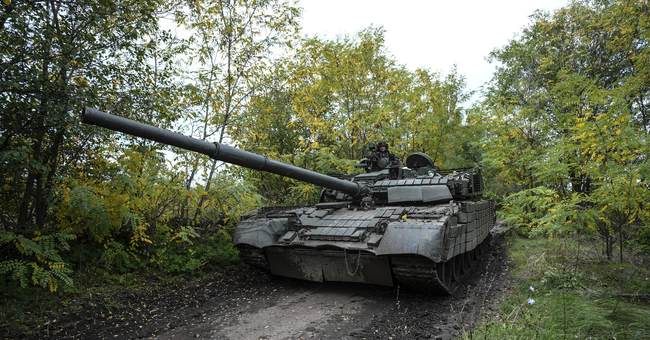A story of modern agriculture.
Dad grew up sod-busting in NW Louisiana in Webster parish in the 1940s and 50s. Dad had to take over the family farm in 1949, at the ripe old age of 12.
Traditionally, they'd grow 20 acres of corn, with an average yield of 15 bushels per acre - about half of which they kept for themselves, and the other half to feed their pair of mules. The year Dad had to start running the show, an LSU extension service county agent stopped by to recommend that Dad should apply newly commercially viable nitrogen fertilizer to his corn patch, at a rate of about 100# per acre. Dad, not being a dummy, decided to do a test acre under the new method. He was warned by the old timers he was wasting an acre. About 3 or 4 months later, they pulled about 100 bushels off that 1 acre. The next year, they only planted about 5 acres of corn, and had plenty to sell.
Corn has benefitted the most from the fertilizer. Today, common practice across the corn belt is about 200# per acre, and yields in the neighborhood of 225 bushels per acre. That's a staggering 1000%+ yield improvement since 1950. Wheat and rice have also benefitted, but with more humble gains in the neighborhood of about 300-400% since that time.
We currently sow about 90 million acres of corn annually. To achieve that yield without nitrogen, we'd have to sow about 1.7 billion acres in corn. In all of the lower 48, there are only about 1.8 or 1.9 billion acres.


